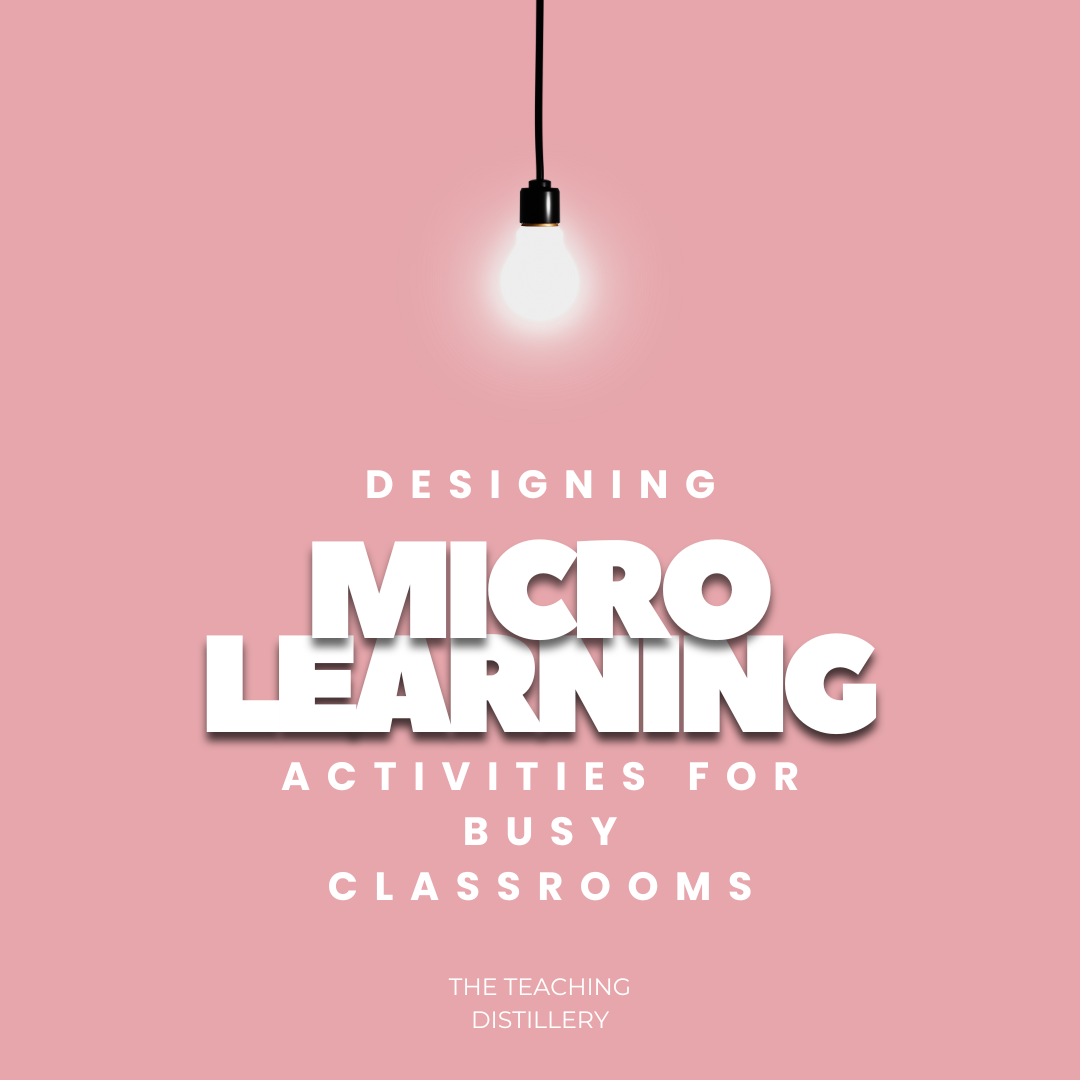Designing Microlearning Activities for Busy Classrooms: Bite-Sized Lessons That Pack a Punch
Picture this: It’s a Tuesday, you’ve got back-to-back classes, a stack of papers threatening to swallow your desk whole, and exactly 7 minutes before the next bell. Sound familiar? Welcome to the reality of teaching.
Enter microlearning: your new best friend. Think of it as the espresso shot of instruction—short, potent, and guaranteed to perk up even the sleepiest classroom.
Microlearning is all about delivering small, focused learning moments that students can actually digest (instead of overwhelming them with a 50-slide lecture they’ll forget before lunch). And it’s booming. According to Exploding Topics, search interest in “microlearning” has doubled over the past five years. Spoiler: there’s a reason.
Here’s how you can design microlearning activities that don’t just fill time but actually stick.
1. Keep It Laser-Focused
The whole point of microlearning is to teach one clear concept at a time. Forget cramming in six standards and a pop quiz. Instead, try:
A 5-minute video demonstrating a skill
A single interactive slide deck focused on one problem
A “Think-Pair-Share” prompt that drives one big takeaway
Remember: small doesn’t mean shallow. Bite-sized lessons just strip away the fluff so students can master the essentials.
2. Mix Up the Medium
One of the best parts of microlearning is how flexible it is. Want to keep students’ brains from checking out? Change up how you deliver it:
Quick polls or quizzes (Kahoot, anyone?)
Infographics or diagrams
Mini podcasts or voice notes
Interactive simulations or virtual labs
Code Supply Co. reports that variety is a key factor in microlearning’s effectiveness. In other words, don’t just talk atthem—let them interact.
3. Use “Learning Nuggets” as Building Blocks
Microlearning activities aren’t one-and-done. String them together like those friendship bracelet beads you have left over from the Taylor Swift Eras tour.
For example:
Monday: a short video explaining photosynthesis
Wednesday: a hands-on lab with a single focus question
Friday: a 5-question exit quiz to tie it all together
This cumulative approach lets students revisit and reinforce skills without feeling like they’re drowning in content.
4. Make It Student-Driven
Here’s the secret sauce: students are more engaged when they own the process. Try giving them options:
Watch a video or read a one-page summary
Pick one of three practice tasks
Design a micro-presentation for their peers
This not only builds autonomy but also taps into different learning styles.
5. Tie It to Real Life
Microlearning is at its best when it feels relevant. Connect your bite-sized activities to the real world:
Math problems about budgeting for a party
Science experiments with items from their kitchen
Historical debates on TikTok trends (seriously, it works!)
When students see how the concept applies beyond your classroom, they’re way more likely to care.
Why This Works (and Why You’ll Love It)
Microlearning isn’t just trendy—it’s effective. Short, focused learning bursts cater to today’s attention spans and reduce cognitive overload. Plus, they’re perfect for the unpredictable chaos of school schedules.
And let’s be honest: it’s nice to have a plan B (or C) when the fire drill eats half your lesson.
